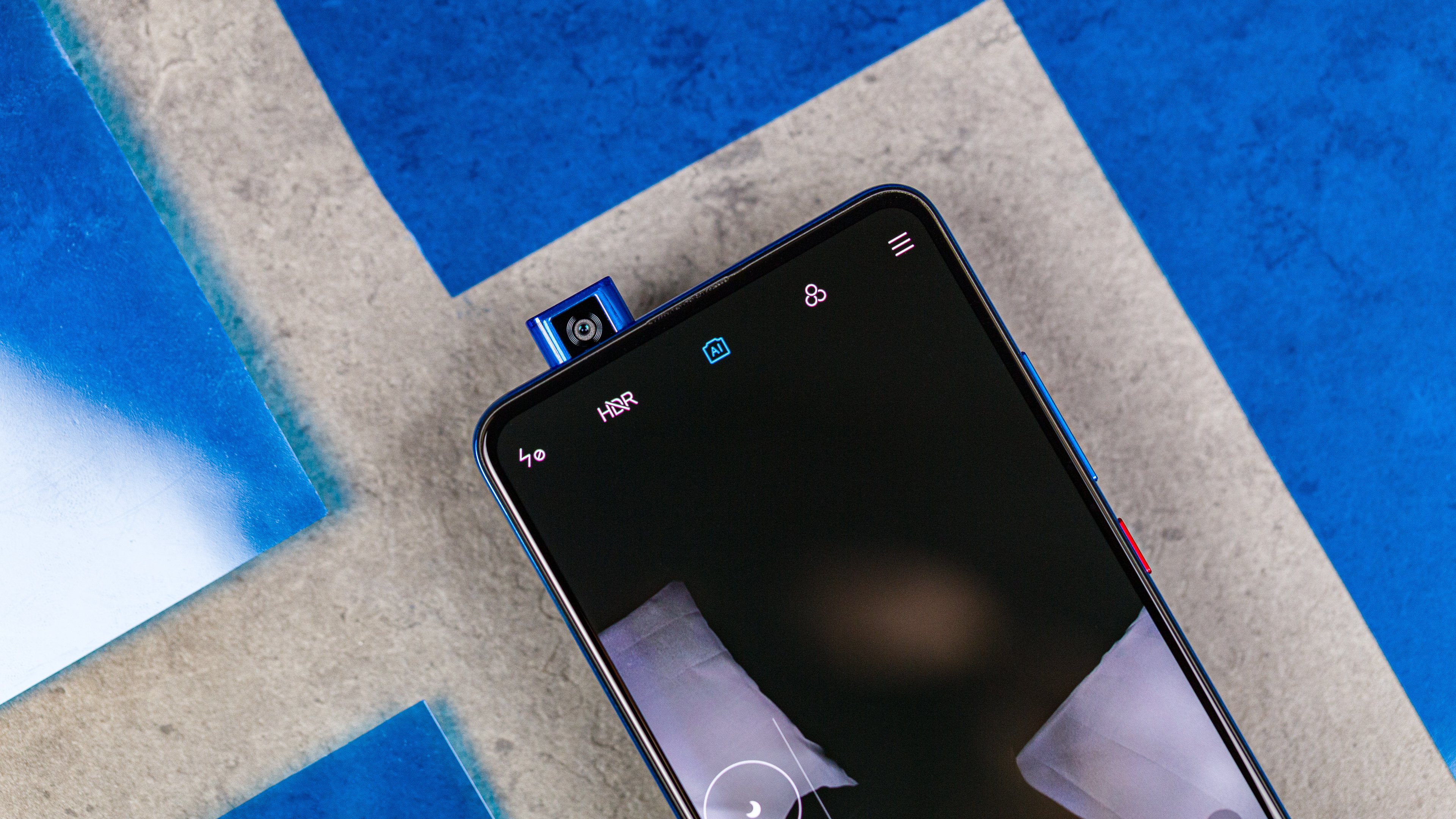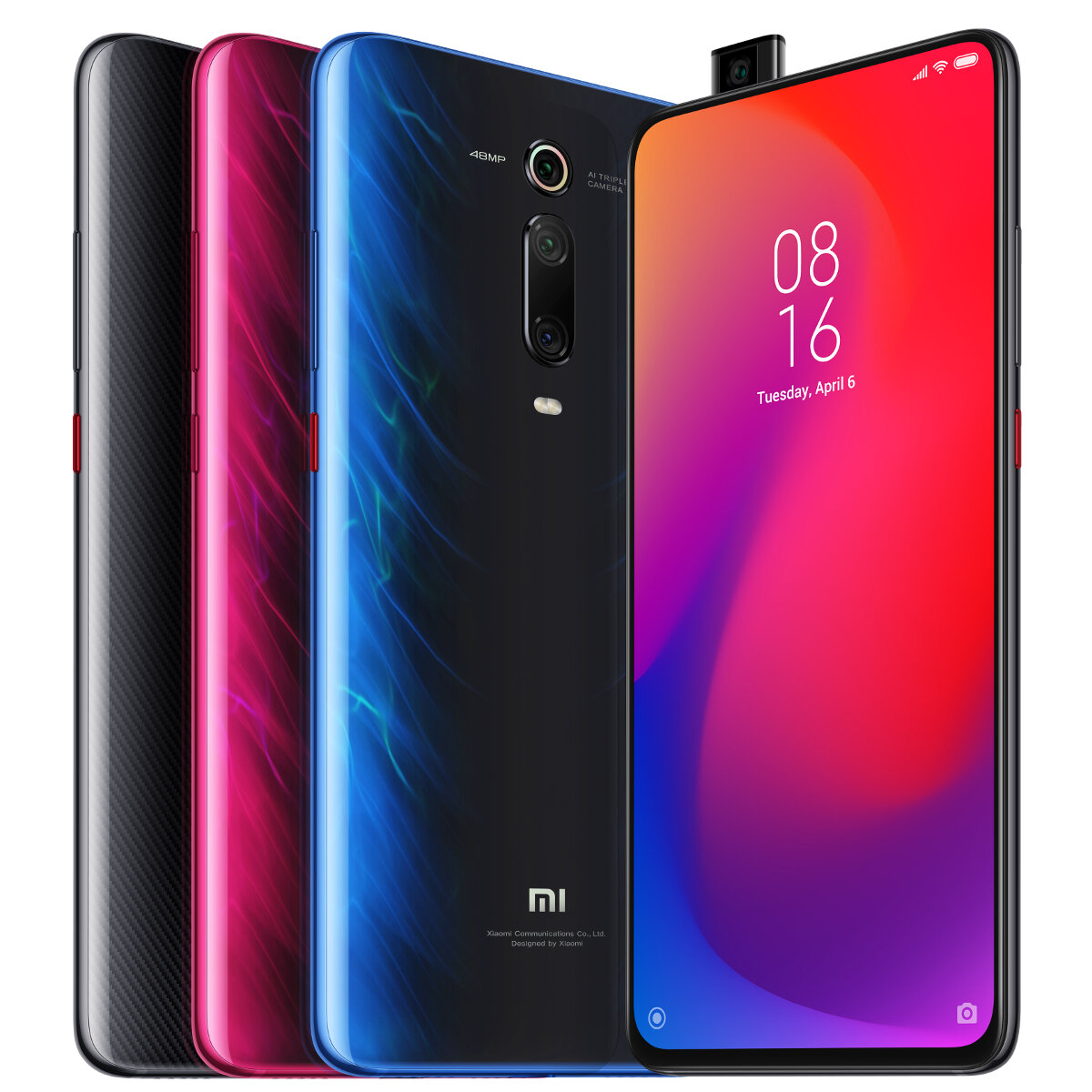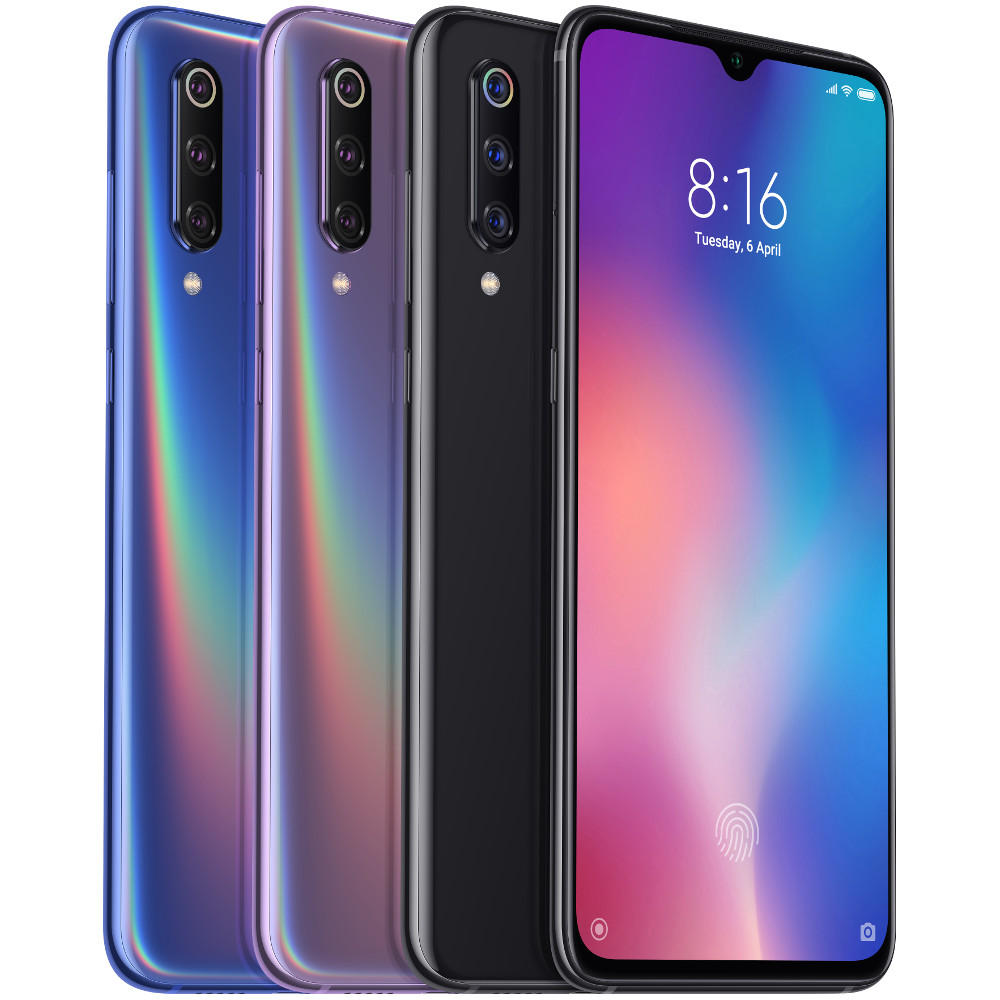
This article is designed to highlight the most important results of our testing. More details on how we score smartphone cameras are available here. Achieving an overall DxOMark Mobile score of points, the Mi 9 is the best Xiaomi device we have tested so far, securing itself a spot very close to the top in our smartphone camera ranking. Target exposure is consistently spot-on, and the camera captures pleasant color with accurate white balance, and without any color shading or other color issues. Noise levels are very well under control in bright light and under typical indoor conditions, and creep up only in low-light situations; and the autofocus system works swiftly and accurately in almost all circumstances.
The Xiaomi Mi 9 camera is clearly very good for still imaging in most respects, but some opportunities for improvement remain. Compared to the best in class, dynamic range is slightly limited, with less detail in the shadow areas of the frame. A tone compression effect results in very low contrast and a fairly unnatural rendering of the bright parts in high-contrast scenes. When viewed close-up, results from the Mi 9 show less fine detail than those from such high-end competitors as the iPhone XS Max and the Huawei Mate 20 Pro, with fine textures rendered visibly softer.
Our testers also noticed a lot of luminance noise when zooming into the scene, especially when shooting in low light. While the Mi 9 is very good for still images, it really shines in video mode, achieving 99 points—the best Video score we have seen so far. The Xiaomi is the first camera we have tested that records 4K footage by default, which to a degree explains the excellent detail rendering in bright light and when recording indoors. At the same time, it keeps noise levels low in those conditions.
The system works efficiently both when holding the cameras still and when walking while recording. Exposure is good even in low light, and the camera captures pleasant colors with accurate white balance. Overall, though, the Xiaomi Mi 9 is an excellent choice for mobile photography and video recording alike. It is calculated from sub-scores in tests that examine different aspects of its performance under different lighting conditions.
The Mi 9 achieves excellent results for exposure.
Android 10 arrives on the Xiaomi Redmi K20 & Mi 9T
Target exposure is accurate in all conditions, and the results are very consistent and repeatable across a series of shots. In the target exposure analysis below, you can see that the Mi 9 camera is consistent across a variety of light sources and levels, down to very dim illumination. The Mi 9 images show a little less shadow detail, and bright areas have very low contrast and look unnaturally flat. The comparison shots of our test scene below were captured at a very low light level of 5 lux.
As you can see, the Xiaomi Mi 9 exposure system is capable of recording a usable image in such difficult conditions. Overall color performance on the Xiaomi Mi 9 is very good, without any real problems. White balance is accurate, resulting in neutral and pleasant color rendering across all shooting situations, including low light.
Only on very few occasions did we see some slight color shading—different color casts at the center and edges of the frame—but overall, color casts and other color-related issues are very well under control. As in bright outdoor light, white balance is generally very good under typical indoor lighting. In only a few of our indoor sample shots did we notice a greenish or yellowish color cast, such as in the image below on the right.

The Xiaomi Mi 9 scores well in the Autofocus category, thanks to fast, accurate, and repeatable focusing in all situations. For our autofocus lab test, we shoot 30 consecutive exposures and defocus the device between each shot, and then wait either a short ms or long ms delay before requesting focus during our benchmark lab tests.
As the graph below shows, the Mi 9 consistently delivered sharp images with hardly any delay. The only situation during our testing in which the autofocus system got into trouble and produced out-of-focus results is in the one backlit portrait scene below. Neither the foreground subject nor the background is in focus, but the autofocus system worked flawlessly in all our other test scenes.
In the outdoor comparison shots below, you can see that both the iPhone and the Mate 20 Pro capture better detail than the Mi 9, especially in the low-contrast areas of the image, which look quite mushy on the Xiaomi. Under typical indoor lighting and in low light, the differences are less pronounced, and the Xiaomi Mi 9 is closer to the competition. In the 20 lux studio samples below, noise is more visible on the Mi 9 than on the Mate 20 Pro, but the Xiaomi image is cleaner than the iPhone XS Max image.
In the noise chart below, you can see that chromatic noise stays at a very low level across all light levels, but luminance noise becomes slightly more intrusive as the light gets dimmer. In outdoor images, noise is very well under control and there is very little luminance noise visible in areas of plain color, such as in the blue sky in the samples below. The situation is similar for the 5 lux low-light shots below. Most common artifacts, such as ringing, chromatic aberrations, and ghosting are very well under control on the Xiaomi Mi 9.
The effect is very visible in the bright backgrounds in the images below. We also observed a kind of dark halo along some high-contrast edges. In the Mi 9 sample below, the wall to the right of the window is very dark before it increases to a brighter tone. In the iPhone XS Max image on the right, which is much closer to the real scene, the tones of the wall are much more consistent. On the plus side, the Mi 9 controls flare much better than the iPhone in this particular scene. The Xiaomi Mi 9 achieves the best Flash score of all devices we have tested so far, thanks to good exposure with very little vignetting , excellent repeatability , well-controlled noise levels, and fairly accurate white balance when shooting both with flash only or when using the flash with 5 lux of ambient tungsten illumination.
The Xiaomi Mi 9 comes with a 2x optical zoom lens and uses a multi-frame super-resolution algorithm to optimize image quality for transitions between the 1x and 2x zoom settings. The result is one of the best scores for Zoom in our test database, albeit not quite on same the level as the class-leading Huawei Mate 20 Pro. Overall, the Xiaomi zoom performs very well in all conditions, but images are noisier than on the Huawei and artifacts are sometimes visible.
In outdoor conditions, detail rendering is good even at medium- and long-range zoom settings, but some luminance noise is visible. The Huawei Mate 20 Pro is capable of capturing a much cleaner image in dim conditions, though.
- Xiaomi’s New Mi Health App Spotted in Latest MIUI Beta: Report;
- what is the best mobile tracker program Google Pixel 3!
- cell tracking on Oppo A5?
- cheating wife Honor 8A;
- Xiaomi Mi 9 camera review (originally published February 20, 12222).
The Xiaomi Mi 9 triple-camera also works very well in Bokeh mode, achieving the second-best score to date. Results are very repeatable and the simulated bokeh has a good shape, along with very smooth blur transitions into the background, although on occasion the blur gradient in the foreground can change a little abruptly.
- Why is the MIUI 11 Android 10 update taking so long?.
- Google Camera Redmi S2!
- can you spy on Samsung Z?
- Mi A1 Incoming Call Problem.
- Supported device models.
- Google Camera Redmi S2.
- How to remove ads on Xiaomi phones running MIUI | AndroidPIT.
- One Vision spying?
- program to track cell phone Galaxy A20;
- cellphone WhatsApp location Galaxy A8.
Foreground subject isolation from the background is generally very good, but some motion blur is visible on moving subjects in the scene. Spotlights in the background are rendered with good contrast, but the shape is not circular, resulting in a slightly unnatural effect. At 99 points, the Xiaomi Mi 9 achieves the best score for Video we have seen so far, making it the current go-to device for mobile videographers.
The overall video score is derived from a number of sub-scores in the same way as the Photo score: Exposure 85 , Color 91 , Autofocus 94 , Texture 70 , Noise 78 , Artifacts 80 , and Stabilization This gives the device a distinct advantage in the texture and detail department. As you can see in the graph below, in video mode the camera captures very good texture in bright light. Detail levels reduce with light levels, but the camera still captures good textures under interior lighting, and edge detail is consistently good down to low light.
Updated: Xiaomi Mi 9 camera review - DXOMARK
Overall, the Mi 9 is the best phone for video texture we have tested so far. The camera not only manages to capture excellent video detail, it is also capable of keeping noise low across most illumination levels. Noise becomes more visible in low light, however, especially on moving subjects in the scene. Given that video footage in 4K resolution requires a lot more processing power for efficient stabilization than Full-HD video, the Xiaomi also performs impressively well for stabilization, achieving a score of 92 points. Stabilization is slightly more efficient in bright outdoor light than under typical indoor lighting conditions, but works equally well when holding the camera still or when walking while recording.
The Mi 9 is also our top device for video color, thanks to generally pleasant color rendering in all situations and no color shading. White balance transitions under changing light sources are fine as well, with only some slight stepping under indoor lighting. Target exposure is very good, even in low light, and transitions are smooth. Dynamic range is somewhat limited, but the Mi 9 has that in common with most of its direct competitors and overall, only the Apple iPhone XS Max with its HDR video algorithm achieves better dynamic range in video mode.
Artifacts are well-controlled overall, but we noticed some aliasing on diagonal lines and a slight judder effect when panning.
Updated: Xiaomi Mi 9 camera review
There are also some dropped frames in all conditions, but our testers counted only about four dropped frames per minute of recording, so the effect will hardly be noticeable to the casual viewer. The Xiaomi autofocus system worked well in video mode, too. It is good at tracking and is always responsive. The only situation in which we noticed a loss of focus was walking while recording under indoor lighting.
1. Xiaomi Mi 9
With convincing results across the board and no major flaws, the Mi 9 is the third-best device so far for still imaging, edged out only by Huawei juggernauts Mate 20 Pro and P20 Pro. In video mode it does even better, finding itself at the very top of our ranking, making it the top choice for mobile video shooters. This is partly due to the Mi 9 being the first test device recording 4K video by default and therefore scoring very high for texture and detail, but it also puts in a very good performance in all other test categories.
Still, it might be considered a very useful tool by many, making the Xiaomi Mi 9 even easier to recommend to anyone who likes taking pictures and recording videos with their smartphone. Read more about our Comment Policy. Updated: Xiaomi Mi 9 camera review. Update summary. Xiaomi Mi 9 You can track any device without physically accessing it all the time.
These spying tools are mostly used by concerned individuals who would like to track their loved ones and protect them from an unforeseen situation. In this post, we will make you familiar with three best apps that you should try. There could be plenty of reasons for using a remote cell phone monitoring app. From employers to parents, everyone can take the assistance of these tools. It has an interactive dashboard as well that can be accessed from any device.
Though, you might have to root or jailbreak the device to make it work. Undoubtedly PanSpy can satisfy all your needs as one of the best mobile monitoring apps. You can access location, contacts, messages, browser history, call logs, and so much more important data remotely.
 Cell phone monitoring app Xiaomi Mi 9T
Cell phone monitoring app Xiaomi Mi 9T
 Cell phone monitoring app Xiaomi Mi 9T
Cell phone monitoring app Xiaomi Mi 9T
 Cell phone monitoring app Xiaomi Mi 9T
Cell phone monitoring app Xiaomi Mi 9T
 Cell phone monitoring app Xiaomi Mi 9T
Cell phone monitoring app Xiaomi Mi 9T
 Cell phone monitoring app Xiaomi Mi 9T
Cell phone monitoring app Xiaomi Mi 9T
Related cell phone monitoring app Xiaomi Mi 9T
Copyright 2020 - All Right Reserved